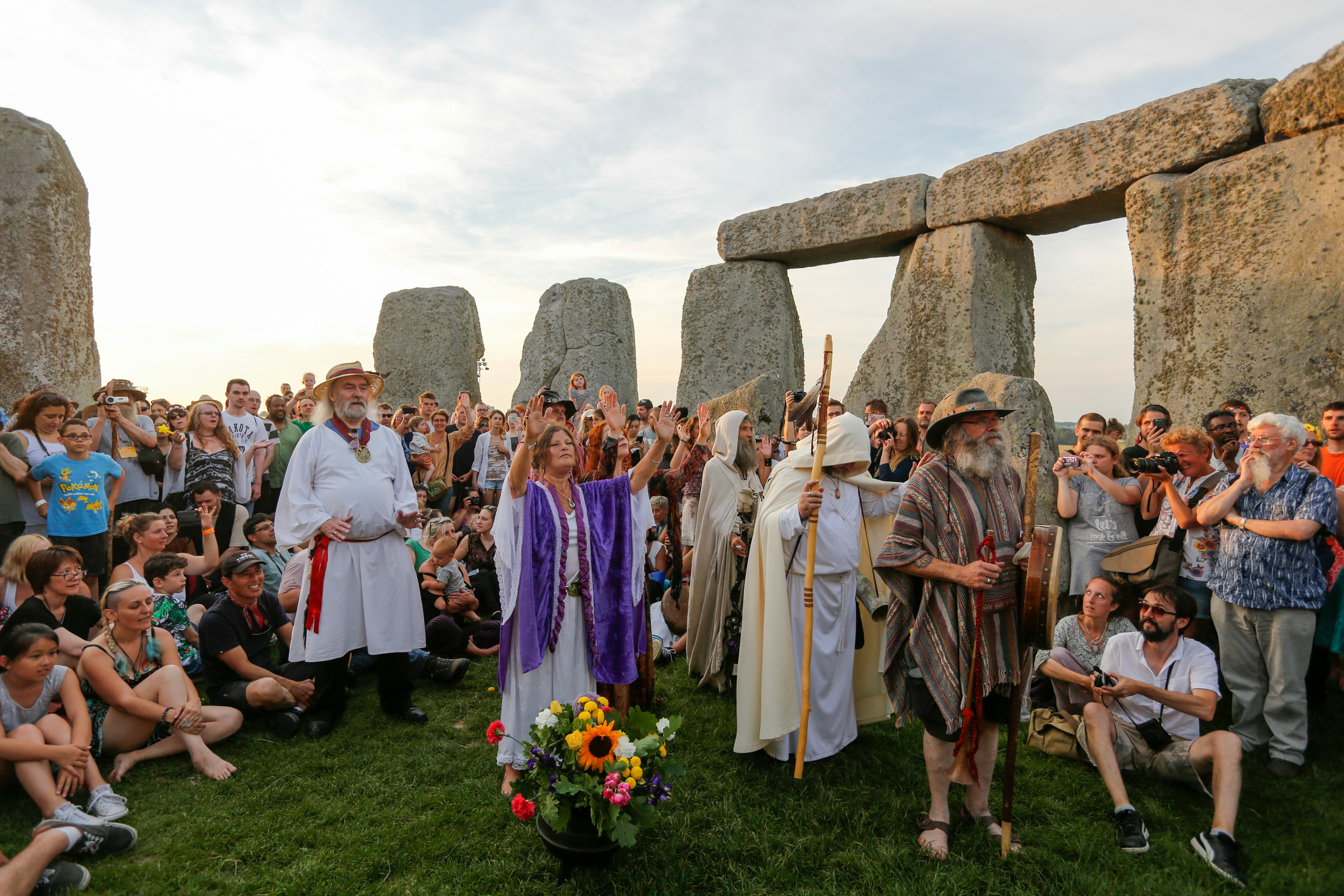Astronomical Events in 2024: A Stargazer’s Guide
In the new year, get ready to turn your eyes to the skies. Between sparkling meteor showers, annual equinox celebrations, and a total solar eclipse, 2024 promises to be sensational for stargazers.
You might consider planning a trip to view celestial events at a certified Dark Sky Place, a designation the International Dark Sky Association (IDA) awards to locations unspoiled by light pollution. However, armchair astronomers can still admire plenty of stars, planets, and meteors from their backyards.
So grab a comfy seat—and perhaps a telescope—and look up. Here are all the astronomical wonders you won’t want to miss.
January 3–4: the Quadrantids meteor shower peaks
One of the year’s brightest light shows ignites night skies from December 26 to January 16. Expect approximately 120 meteors streaking per hour during its brief peak on January 4.
Skywatchers in the northern hemisphere get the best seats to this spectacle, so head to a dark sky park north of the equator for an exceptionally starry experience.
Winter is also a fantastic time to spot the northern lights. If you want to aim for an aurora-Quadrantids combo, consider traveling to remote Nordic destinations famous for aurora chasing.
March 20: the spring equinox
The spring (or vernal) equinox marks one of two days per year when the sun passes directly over Earth’s equator, resulting in day and night lasting roughly 12 hours each. In the northern hemisphere, it signals longer days and warmer weather to come; in the southern hemisphere, it heralds autumn’s arrival.
Ancient civilizations marked this celestial milestone with planet-aligned architecture, and visiting one of these sites can be a stirring way to celebrate the seasonal shift.

April 8: a total solar eclipse crosses North America
Earth’s moon will flip the switch from daylight to twilight for roughly four minutes as a total solar eclipse darkens parts of Mexico, the US, and Canada.
This rare event won’t happen again in the contiguous United States until 2044, making it a must-see phenomenon for astro-tourists.
For the most mesmerizing experience, stay in the “path of totality,” where the moon completely eclipses the sun. The eclipse’s trail will start in the US near San Antonio, Texas, and then travel northeast from Oklahoma to Maine. Depending on your location and time zone, the event will be visible between 12:30 PM and 4:30 PM.
April 22–23: the peak of the Lyrids meteor shower
The Lyrids are one of Earth’s most reliable annual meteor showers and one of the oldest. When it peaks between April 22 and 23, it should be possible to see 10 to 20 meteors per hour. The northern hemisphere is best for viewing, although a full moon might make it harder to see.
May 6–7: the Eta Aquarids meteor shower peaks
Debris created by Halley’s Comet will send streaking meteors across Earth’s atmosphere from April 15 to May 27. The event peaks between May 6 and 7, with roughly 10 to 30 meteors visible per hour.
While people worldwide can see the showers, the Eta Aquarids favor the southern hemisphere for the most spectacular views. Consider camping in noted dark sky locations.

June 20: the summer solstice
The northern hemisphere bows toward the sun in late June, creating the longest day and shortest night of the year. This is the summer solstice, observed across sunny locales where residents celebrate natural light.
August 11–13: the Perseids meteor shower peaks
Every August, the Perseids shoot sparkles across the northern hemisphere in one of nature’s greatest fireworks displays. When showers peak, stargazers can expect to see roughly 50 to 100 meteor streaks per hour.
Observation conditions for the Perseids are ideal, especially in lower latitudes. For all-night observation, consider camping at a US national park known for cloudless skies.

September 22: the autumnal equinox
Late September marks autumn’s start as the sun passes south over Earth’s equator. Like the vernal equinox, ancient temples around the world honor the astro-holiday with their sun-centered structures.
October 2: a “ring of fire” solar eclipse crosses South America
Experience this year’s annular solar eclipse as it crosses remote regions of Argentina, Chile, and Easter Island. During this eclipse, the moon passes between Earth and the sun, creating a sun-flamed frame around the moon.
October 21–22: the peak of the Orionids meteor shower
In late October, the Orionids meteor shower is visible worldwide, peaking around October 21 and 22, with an expected 10 to 20 streaks per hour. Finding a dark area with little light pollution is key to spotting the fiery flares.
November 16–17: the Leonids meteor shower peaks
While this annual meteor shower isn’t usually a showstopper, the event is worth keeping an eye on. Look toward the heavens and hope for a spectacular sight, as the Leonids can produce meteor storms every 33 years.
December 13–14: the Geminids meteor shower peaks
Though a waxing gibbous moon glows bright during this meteor shower’s peak, with patience, you may see roughly 120 meteors per hour. Most meteors favor the northern hemisphere in December, but southern hemisphere stargazers can also enjoy the celestial wonder.

December 21: the winter solstice
The year’s shortest day and longest night mark the beginning of winter in the northern hemisphere. Cultures worldwide greet darkness with light displays, celebrating this cosmic transition in various traditional ways.




